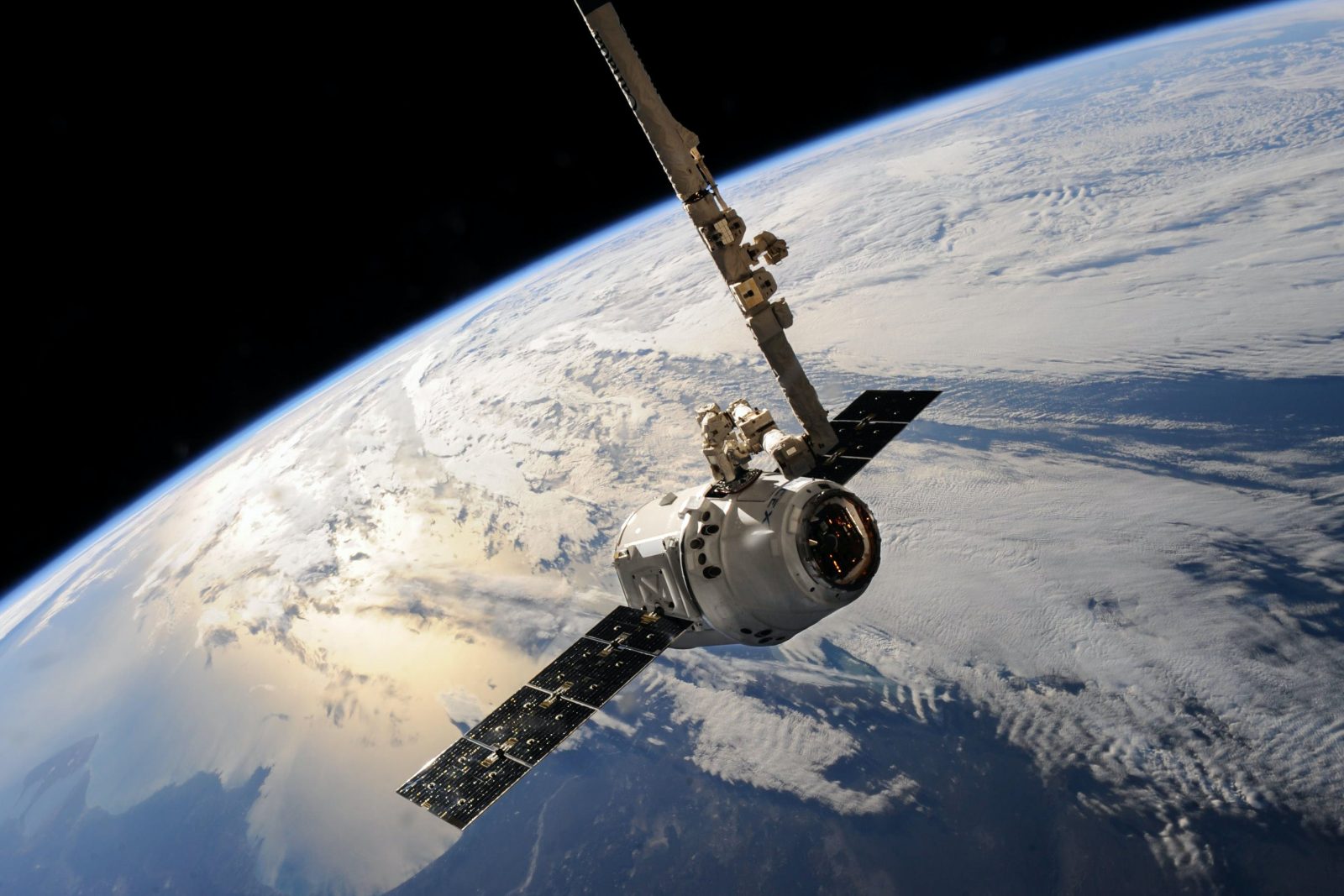The world is abuzz about finding the right kind of satellite imagery. Businesses need to know what kind of images they need, to make their product or service better. GeoEye-1 satellite imagery was introduced in 2021, by two Canadian companies, namely Geostationary Earth Orbit Mapping (GEO Eye) and Iridium Satellite imaging. They use high-resolution satellite imagery to locate areas of interest, such as natural resources, oil rigs, military bunkers, and bridges and pipelines. Such maps can also be used to plan tours or campaigns, determine the feasibility of a project, or simply enhance corporate image.
High-Resolution:
GeoEye-1 satellite imagery is a high-resolution unprocessed satellite map of the Earth’s surface. GeoEye-1 can be used to locate places of interest, such as oil rigs or bridges and pipelines. GeoEye-1 is not only a standard satellite map but a complete global system that gives users the ability to find any place on the Earth within just a few feet. Users can select from hundreds of maps, depending on the need and importance of the area.
Geostationary Satellites:
Satellites in geosynchronous orbit provide satellite imagery. Unlike geostationary satellites, which allow users to determine latitude and longitude, geostationary satellites give precise location data. Users who have access to this kind of imagery can make use of it to perform a variety of tasks, ranging from land surveying to environmental research. For instance, users of this kind of satellite imagery can determine a flood zone in real-time, locate oil and gas facilities, detect watercraft, and locate underground nuclear facilities.
Increase High-Resolution:
With the development of new technologies that support the needs of large businesses and industries, the need for high-resolution satellite imagery has increased significantly. Engineers, architects, geologists, and other professionals required top-quality images to plan and implement projects. GeoEye-1 and other high-resolution satellite imagery software and systems are used by scientists, engineers, military, rescue workers, and civilians to assess and plan for any natural disaster or emergency. They help in the detection and mapping of damaged areas, evaluate earthquake risks, and monitor disasters and emergency sites.
GeoEye-1 Offers Two Kinds of Imagery:
The first is the regular imagery feed, which users can acquire through a web browser. This kind of imagery comes with a lot of limitations, mainly the low-resolution images. The second kind of GeoEye-1 satellite imagery comes with higher resolution images that can be processed by automatic processing software that increases the image quality significantly.
GeoEye-1 is supported by some users. Users need to connect their computers to the Internet through a broadband or high-speed modem, and they can search satellite imagery databases hosted by GeoEye through a web browser. GeoEye-1 subscribers can acquire this kind of imagery for free, though the images are limited and cannot be downloaded or shared with other users. It also provides more advanced features such as interactive maps, geographical information, and satellite imagery with time and weather forecasts.
Users may also search for high-resolution pictures using keywords such as GeoEye-1, Satellite Imagery, satellite photos, aerial images, or aerial photography. Satellite images can also be searched using geographic coordinates such as latitude, longitude, or altitude. GeoEye’s database includes satellite imagery from over 50 countries around the world. It provides more than 1.5 million aerial photos and more than 250 million mapped landscape photographs.








Leave a Reply